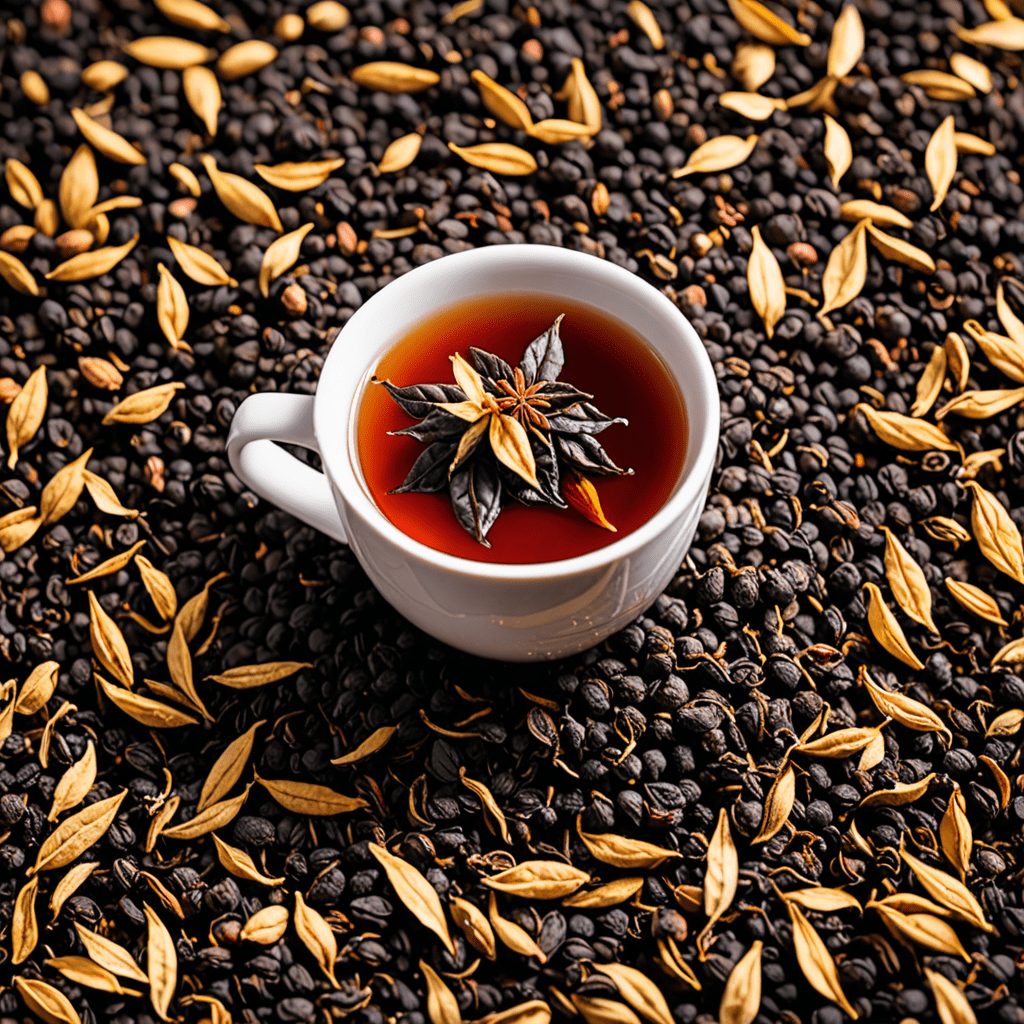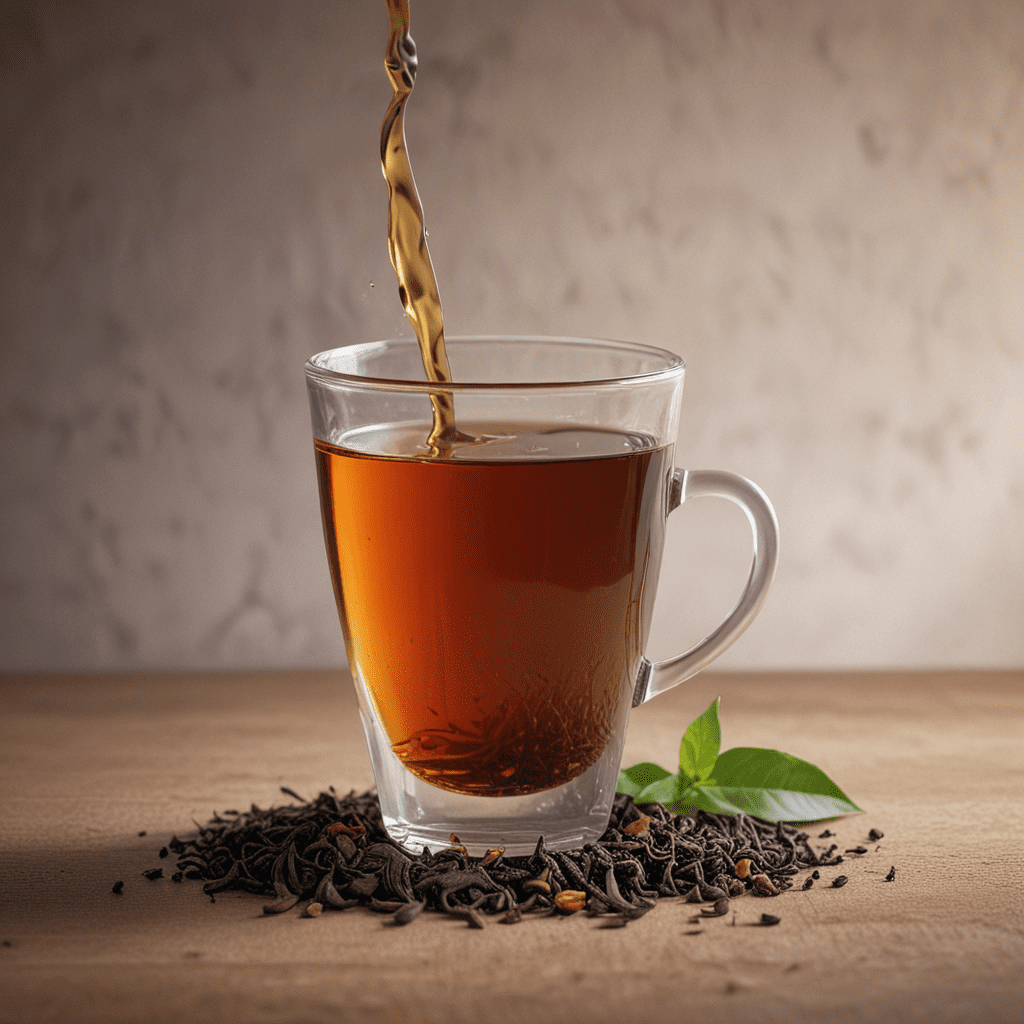
The Ritual of Tea Preparation in Chinese Tradition
Origins and History of Chinese Tea Culture
Tea, revered as a beverage of profound significance in Chinese culture, traces its origins back to ancient times. As legend has it, Emperor Shennong, renowned for his medicinal expertise, fortuitously discovered tea's invigorating properties in 2737 BCE. Over the centuries, tea consumption expanded throughout China, deeply intertwining with the nation's social, cultural, and artistic fabric.
The Significance of Tea in Chinese Society
In Chinese society, tea transcends its role as a mere beverage; it embodies a profound cultural phenomenon. It fosters social connections, facilitates discussions, and holds a prominent place in religious ceremonies. Tea is considered a symbol of hospitality, friendship, and respect, imbued with the power to harmonize relationships and promote well-being.
The Types of Chinese Tea
The vast expanse of China's tea-growing regions gives rise to an array of tea varieties, each boasting unique characteristics. Six primary categories encapsulate the spectrum of Chinese teas: green tea, yellow tea, white tea, oolong tea, black tea, and post-fermented tea (Pu-erh). These categories encompass a multitude of subcategories and cultivars, catering to diverse palates and preferences.
The Essential Tools for Tea Preparation
The meticulous preparation of tea in Chinese tradition requires a dedicated set of tools. A teapot, serving as the vessel for brewing, is paramount. Teacups, crafted with finesse, enhance the sensory experience of tea drinking. A tea tray, meticulously designed to accommodate the various tea implements, ensures a harmonious and organized preparation process.
The Steps of the Tea Ceremony
The Chinese tea ceremony, steeped in centuries of tradition, unfolds in a series of deliberate steps. It commences with the selection of high-quality tea leaves, carefully measured and placed in the teapot. Pure water, an essential element, is heated to the optimal temperature for the specific type of tea. The leaves are then infused with the heated water, allowing them to gracefully unfurl and release their delicate flavors.
The Ritual of Tea Preparation in Chinese Tradition
6. The Importance of Teaware
In Chinese tea culture, the choice of teaware holds immense significance. The material, shape, and design of teapots, cups, and tea trays all play a crucial role in enhancing the tea experience. Ceramic teaware, revered for its ability to retain heat and impart a subtle earthen aroma to the tea, is highly prized. Porcelain teacups, delicate and translucent, allow tea drinkers to fully appreciate the tea's color and clarity. Tea trays, often adorned with intricate carvings or calligraphy, serve not only a functional purpose but also contribute to the overall aesthetic of the tea ceremony.
7. The Role of Water Quality
Water, the lifeblood of tea, exerts a profound influence on its taste and aroma. Chinese tea connoisseurs place great emphasis on using high-quality water, preferably spring water or purified water. The mineral content and pH level of water can significantly alter the tea's flavor profile. Soft water, devoid of excessive minerals, allows the tea's natural flavors to shine through, while harder water may impart a slightly bitter or astringent taste.
8. The Etiquette of Tea Drinking
The Chinese tea ceremony is steeped in a rich tradition of etiquette. When attending a tea gathering, it is customary to show respect to the host and fellow guests. It is considered polite to accept the first cup of tea with both hands and express gratitude to the host. Sipping the tea slowly and savoring its aroma demonstrates appreciation for the tea's quality and the host's hospitality. It is also important to avoid making loud noises while drinking tea, as this is considered disrespectful.
9. Modern Adaptations of the Tea Ritual
While the core principles of the Chinese tea ceremony remain unchanged, modern adaptations have emerged to accommodate evolving lifestyles. The traditional tea tray has given way to portable tea sets, enabling tea enthusiasts to enjoy their favorite beverage on the go. Electric tea kettles and automated tea makers provide convenience without compromising on taste. Tea ceremonies are also becoming more informal, with a greater emphasis on the social and experiential aspects of tea drinking.
10. The Cultural Impact of Tea in China
Tea has left an enduring mark on Chinese culture, influencing everything from literature and art to philosophy and religion. The Tang dynasty poet Lu Tong penned the famous "Ode to Tea," extolling the virtues of the beverage. Tea has also featured prominently in Chinese painting, with renowned artists capturing the beauty and tranquility of tea gatherings. Taoist and Buddhist monks have embraced tea as an aid to meditation and spiritual enlightenment. The tea ritual has thus become deeply intertwined with the fabric of Chinese society, embodying its rich history, traditions, and cultural values.
Frequently Asked Questions
Q: What is the best type of tea to use for a Chinese tea ceremony?
A: The choice of tea for a Chinese tea ceremony depends on personal preference, but green tea, oolong tea, and pu-erh tea are popular options.
Q: How long should tea be steeped?
A: The optimal steeping time for tea varies depending on the type of tea and the desired strength. Green tea, for example, should be steeped for a shorter time (1-2 minutes), while oolong tea can be steeped for a longer time (3-5 minutes).
Q: What are the health benefits of drinking Chinese tea?
A: Chinese tea is rich in antioxidants and other beneficial compounds, which have been linked to reduced risk of heart disease, cancer, and other health conditions.

